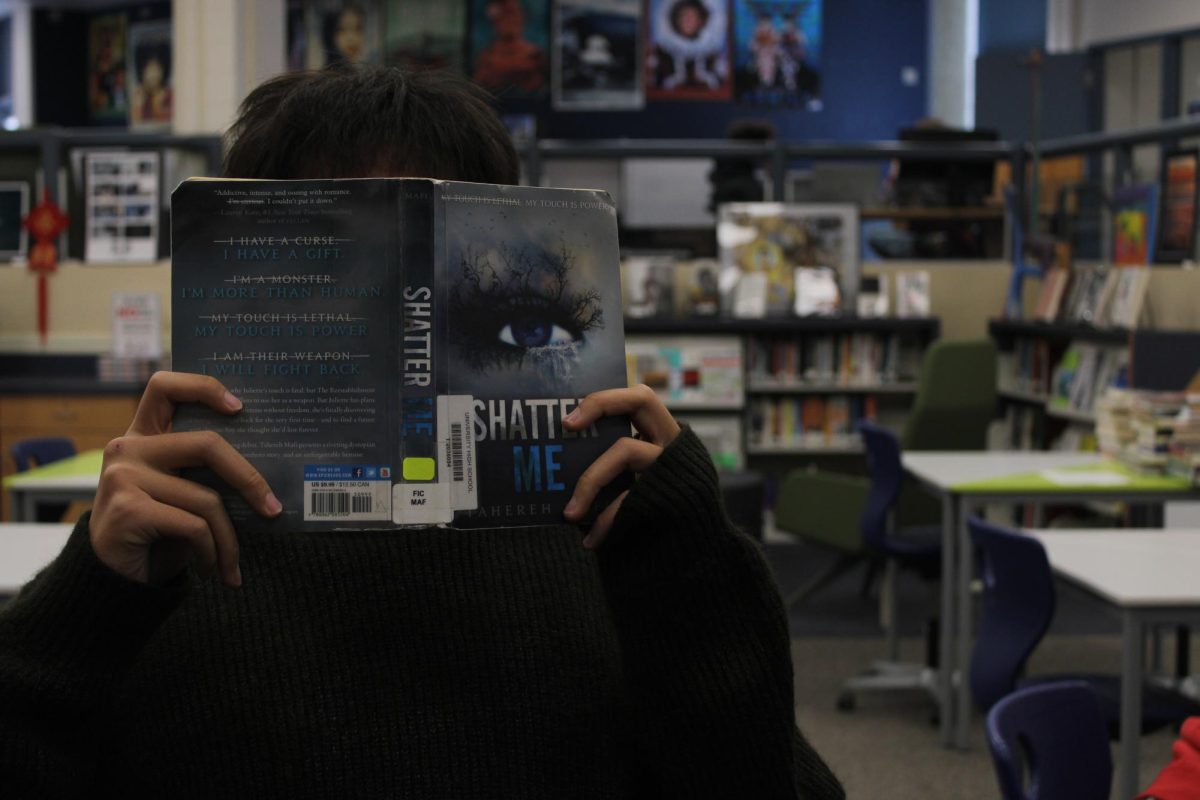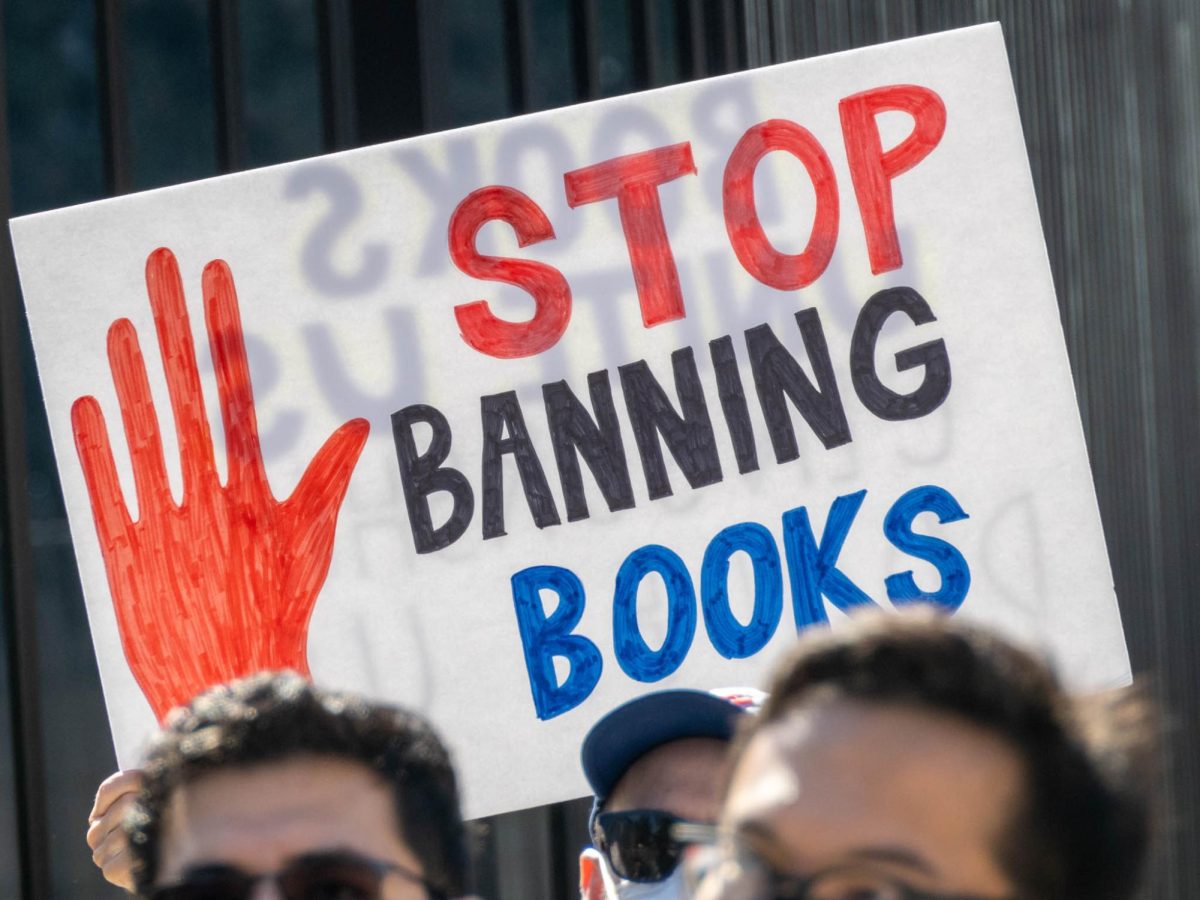*The opinions expressed within the content are solely the author’s and do not reflect the website’s or its affiliates’ opinions and beliefs.
Tahereh Mafi’s book series, “Shatter Me,” has gained a fanbase following its release in 2011, often praised for its intricate romance and self-discovery. However, despite its popularity, the novel is deeply flawed in storytelling and execution. From a dramatic overuse of purple prose to weak worldbuilding and pointlessly written characters, “Shatter Me” utterly fails to deliver an engaging dystopian novel.
One of the most apparent issues with “Shatter Me” is its overuse of exaggerated metaphors that stand out as purple prose. The protagonist, Juliette, narrates in a way that is meant to be poetic but instead feels excessive. For example, Mafi uses lines like, “I am a cumulonimbus cloud” and “His lips are a pair of soft pillows,” which can be more confusing than they are creative. With many other parts like these, “Shatter Me” often prioritizes aesthetics over clarity, making it difficult for readers to engage with the story when they are constantly struggling through large amounts of forced imagery.
Additionally, the novel’s worldbuilding is severely lacking. “Shatter Me” is set in a dystopian society ruled by an oppressive government named The Reestablishment, yet Mafi provides little to no context for how this world functions. The political structure and conditions remain vague, making it hard to re-imagine the setting. Unlike other dystopian novels such as “The Hunger Games,” where worldbuilding is very well-written to reflect real-world fears, “Shatter Me” fails to establish this. Instead, the dystopian setting seems almost like an afterthought, existing only to give Juliette an excuse to feel depressed and isolated.
Characterization is another major flaw in “Shatter Me,” particularly with the protagonist, Juliette. Though she is initially written as a fragile girl with a tragic past, her personality becomes inconsistent as the story progresses. Beginning as a terrified girl locked in an asylum, she is suddenly powerful and fearless by the end of the book with little logical character development. The romantic relationships in “Shatter Me” further provide weak characterization, especially the love triangle between Juliette, Adam and Aaron Warner. Adam is a bland, one-dimensional love interest. At the same time, Warner, who shows clear signs of being a sadistic villain, is suddenly positioned as a romantic interest with no clear transitioning despite his previous deficient actions. These inconsistencies make the characters feel unrealistic and difficult to connect with, especially with little character development.
Others might argue that the poetic writing style is intentional, meant to reflect Juliette’s unstable mental state. While this claim may be valid, it doesn’t excuse the excessive use of purple prose and illogical metaphors that readers often struggle with. The writing of “Shatter Me” feels forced rather than intentional, and the entire book feels overloaded with unnecessary metaphors.
Ultimately, “Shatter Me” is an example of style over substance. Though the novel might appeal to readers who prioritize romance over logical storytelling, the flaws throughout the book are obvious. A successful dystopian novel requires strong worldbuilding, a rational narrative and reasonable character development—three things “Shatter Me” sorely lacks.











